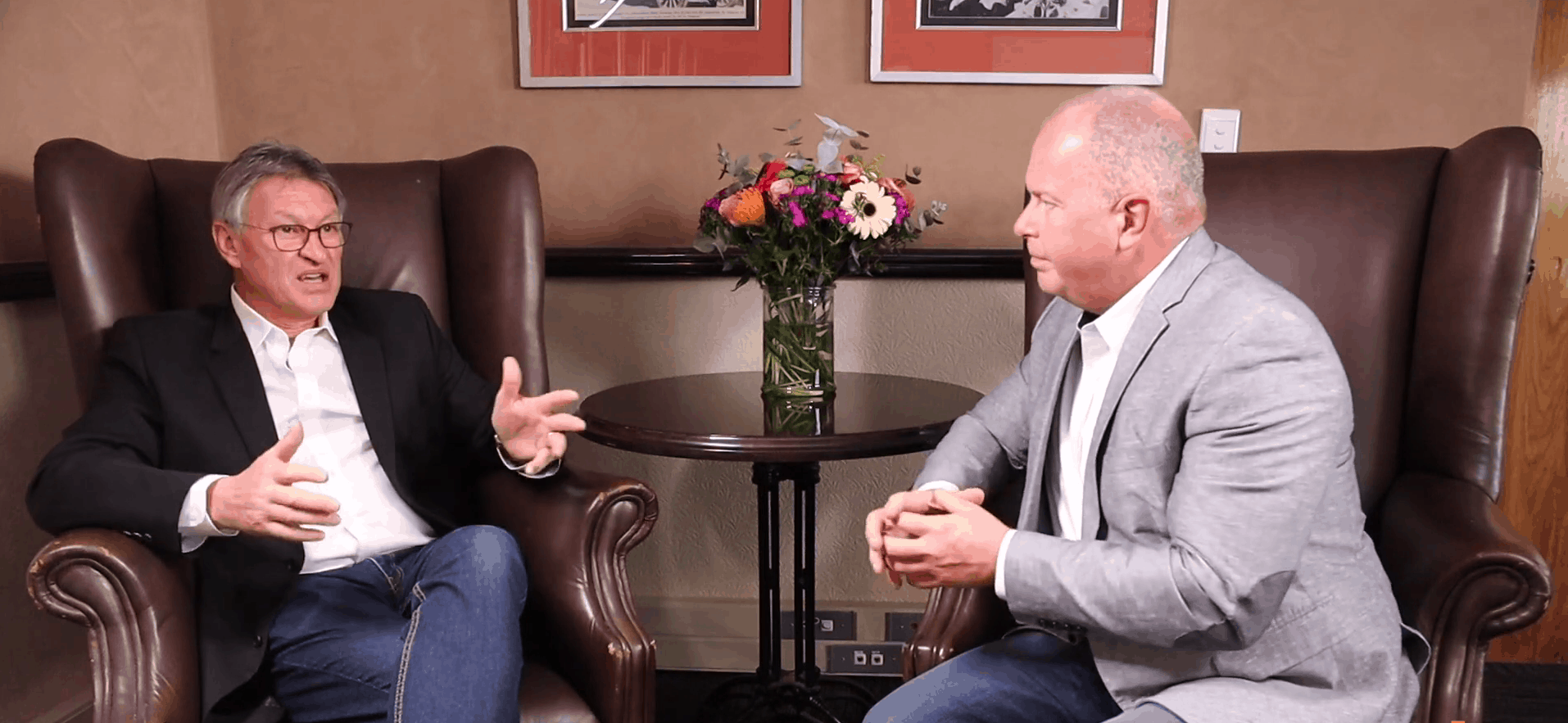While in Johannesburg, South Africa, I had the opportunity to sit down with a leading global authority on employee engagement and workplace culture, Mr. Stef du Plessis.
Stef and I began to dive into the differences between employee engagement and corporate culture. I was interested to understand from his point of view if there was a difference (which we both agreed there was) and if he could give me his opinion on how to truly understand the corporate culture from a leadership perspective.
Interview Summary
JH: What truly affects workplace culture?
SD: Well, seeing as s culture is my life’s work, let me explain how I view one of the most significant issues in regards to workplace culture.
I work with a genius from Australia named Steve Simpson, who, 20 years ago, created a concept called UGR’s; Unwritten Ground Rules. Unwritten ground rules are people’s perception of “this is the way we do things around here.” When you hire someone, they will go to the new company where they will work, and on day one, they will go to onboarding.
In the onboarding session, they will learn the company policies, procedures, and values. Soon they will go on the job, and at some point, attend their first meeting. Once in the meeting, the new employee will get to see who rolls their eyes at whom, when someone says something. And also, at some point, they will get to see what happens when someone makes a mistake. Finally, at the end of the meeting, when the boss comments, “everyone, this was a tough decision, can I count on you?”, the new employee will begin to observe what happens next. The employee will see everyone nod and smile, and then they walk out the door, which is where the meeting after the meeting starts!
As the new employee engages with others, they may hear a whispered comment through the side of the mouth, saying, “the boss thinks what?” or “I do not agree with what he is doing.” And when you hear those types of comments, that’s workplace culture; it’s UGR’s, unwritten ground rules.
We know that you can measure those unwritten ground rules. We know this because large corporations have rolled this out in countries around the world. And we can measure those unwritten ground rules and identify what they are. So, we can help leaders to hold themselves accountable because the unwritten ground rules drive the behavior which determines the result. But the most important thing to remember is that leaders cause or allow those unwritten ground rules to exist. If we can help them to understand that, then we can envision what the unwritten ground rules ought to be.
If we were modeling our values, we are embedding those behaviors so that a new employee can visually witness, experience, and become immersed in the type of actions that manifest into what we seek as the correct unwritten ground rules.
Key Leadership Takeaways:
- Unwritten ground rules are people’s perception of “this is the way we do things around here.”
- Unwritten ground rules drive the behavior which determines the result of workplace culture.
- Leaders cause or allow those unwritten ground rules to exist.
Leader Action Plan:
- Do not turn away from this workplace phenomenon, but rather face it head-on. Discuss the UGR environment with your teammates and solicit real examples from them so that the team can address how to fix the perceptions.
- Robust and transparent leadership at all levels helps tamp down a toxic UGR environment.
- Do not feed into a toxic UGR environment by being a part of the problem yourself (spreading rumors, snickering, rolling of the eyes, etc.). As a leader, be a good follower also. SET THE EXAMPLE.
What are your thoughts Unwritten Ground Rules (UGR’s)? Post your comments below and let us begin building a tribe of people who have a passion for followership, mentorship, and leading!







